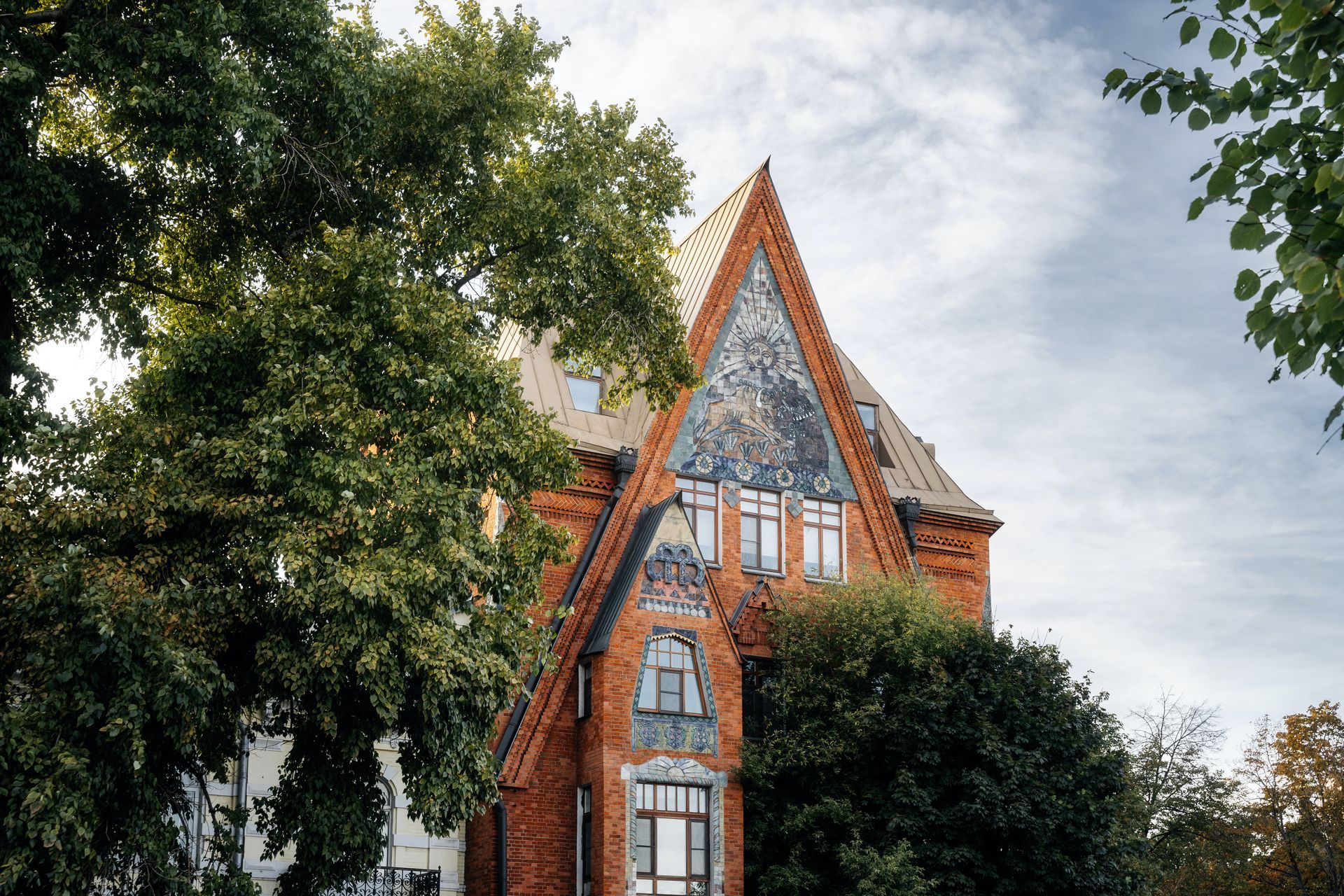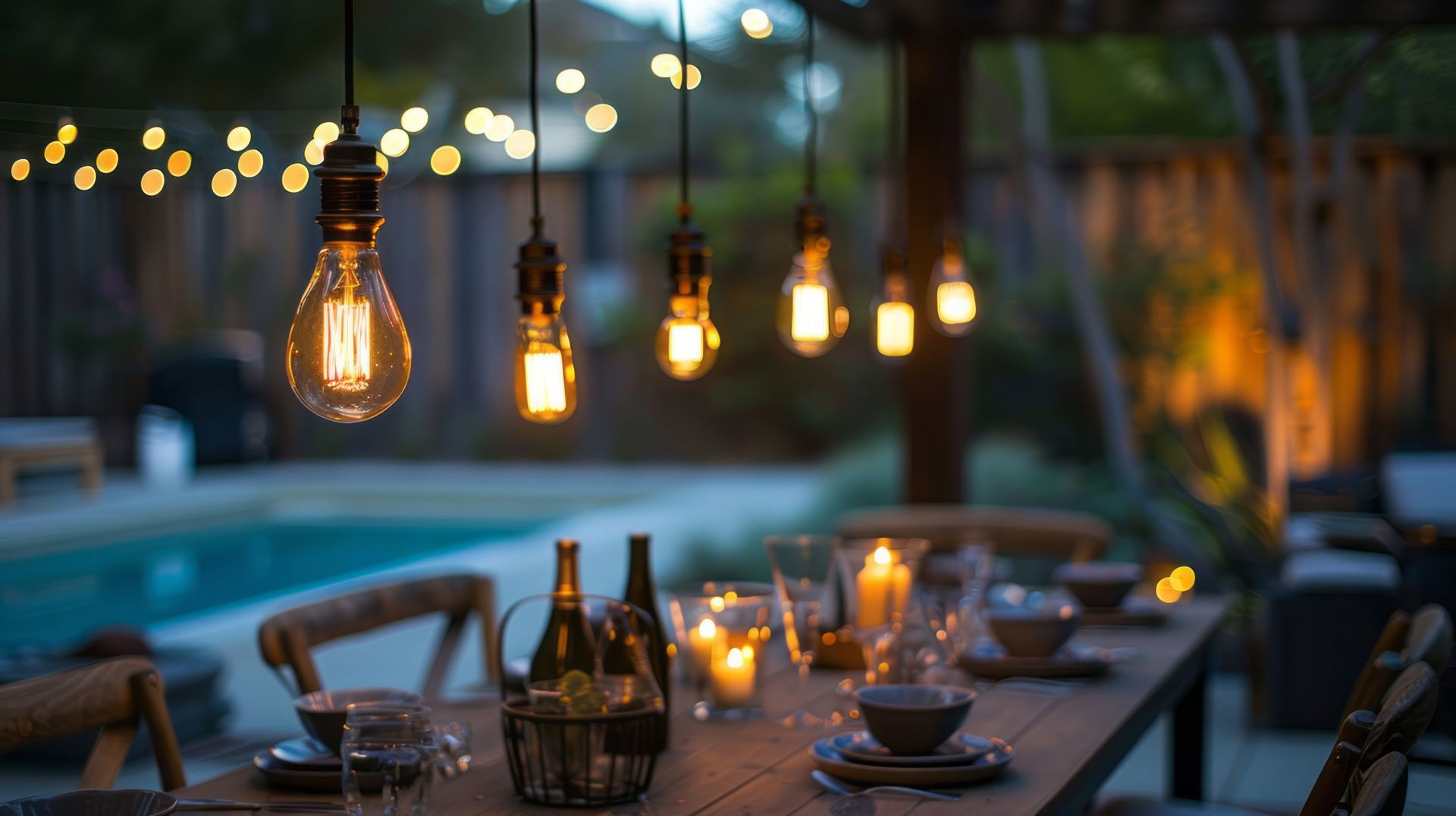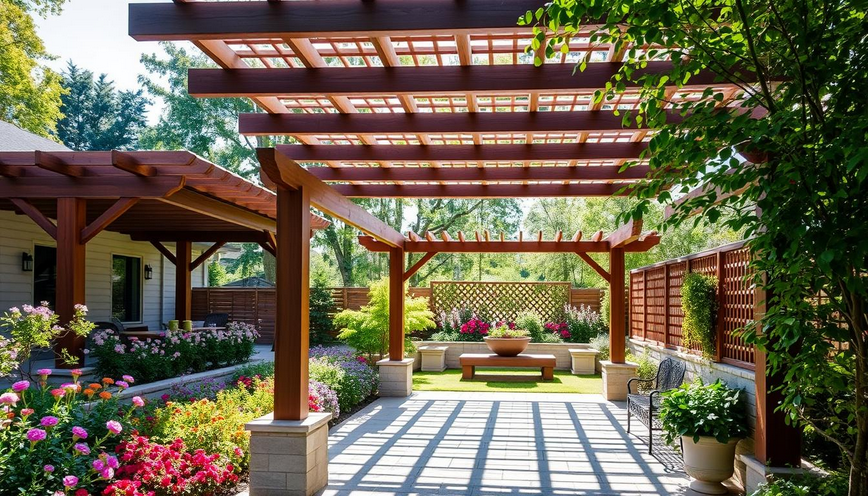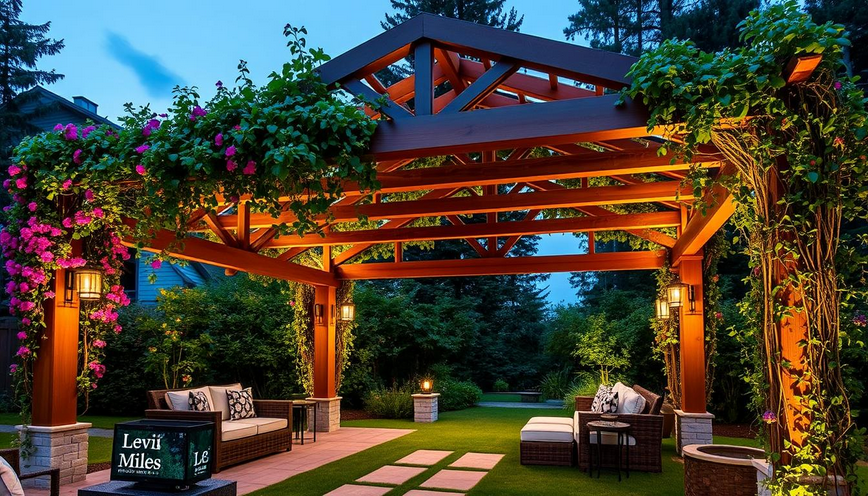Pool finish
Pool finishes & how they can be tricky to navigate
Not all pool finish is equal
Pool finish can get confusing and convoluted, we divided the information into 4 sections Pool finish type, Pool finish grades, Pool Finish Maintenance, and the Frequently Asked Questions section is at the bottom of this page.
Pool Finish Type
Each finish type offers its own blend of visual appeal, texture, and longevity, making it important to choose one that fits both your style and practical needs. Pool finishes come in a variety of materials, each offering unique aesthetics and durability.
Pool Finish Grades
Pool finishes come in different grades, which affect both the durability and appearance of your pool’s surface. Standard plaster is considered an entry-level finish, offering a smooth look but requiring more frequent maintenance and resurfacing. Mid-grade finishes like quartz and pebble blends provide enhanced durability, better resistance to staining.
Pool Finish Maintenance
The type of pool finish you choose affects both aesthetics and maintenance needs, with standard plaster requiring more frequent upkeep, while mid-grade options like quartz and pebble are more durable. Premium finishes like glass beads and tile are highly resistant to wear, reducing long-term maintenance, but all finishes benefit from balanced water chemistry and regular cleaning.
FAQ
Some conmanly asked questions about pool finish that can help you better plan ahead.








